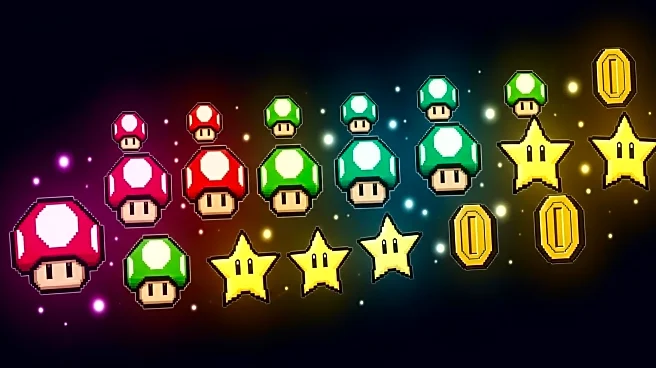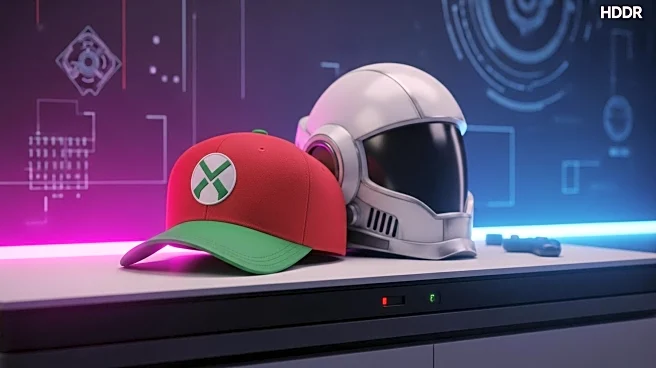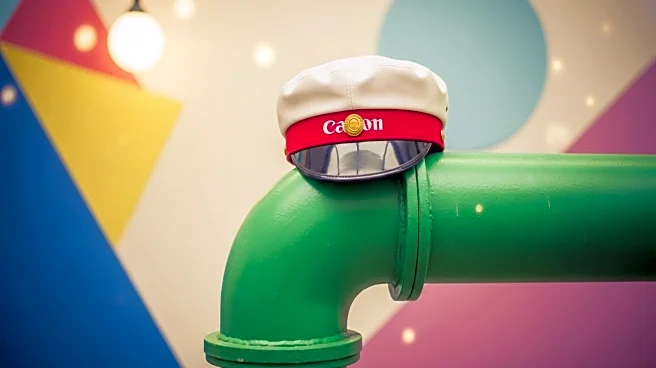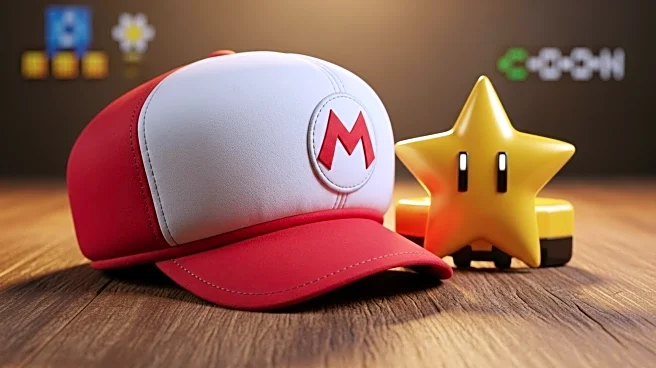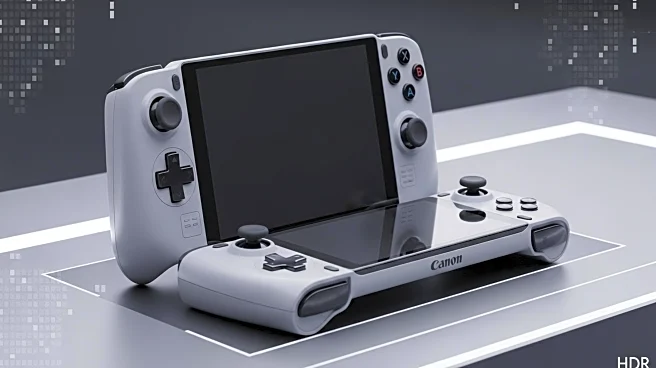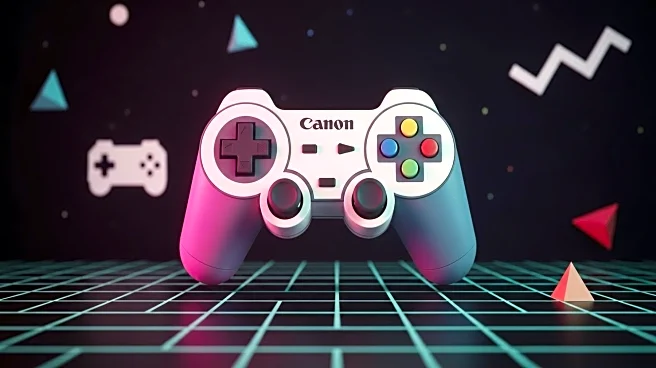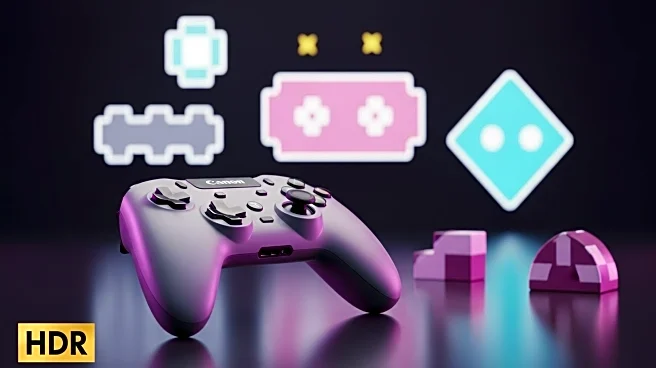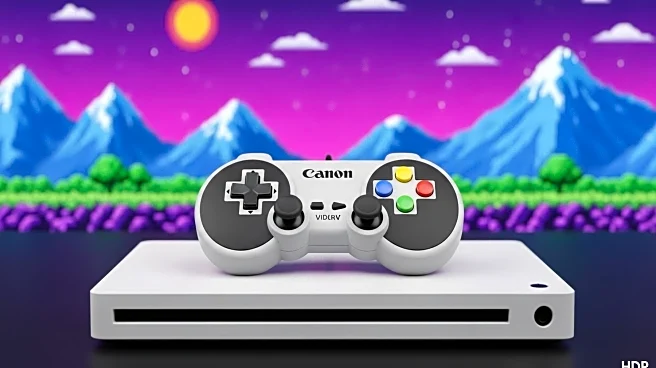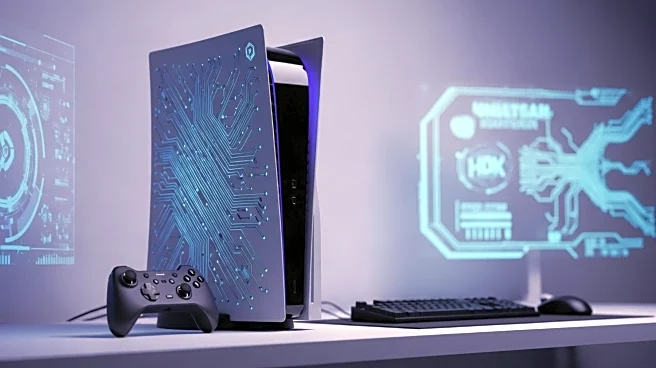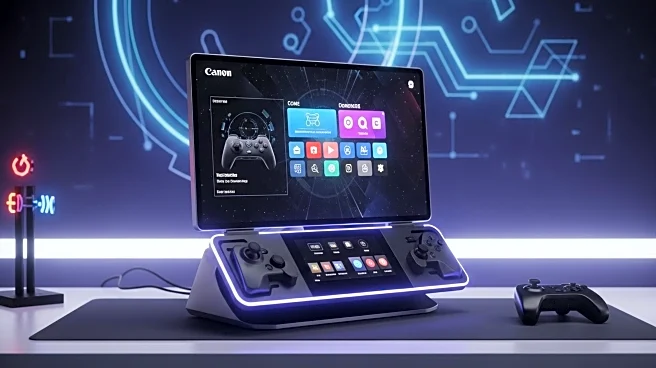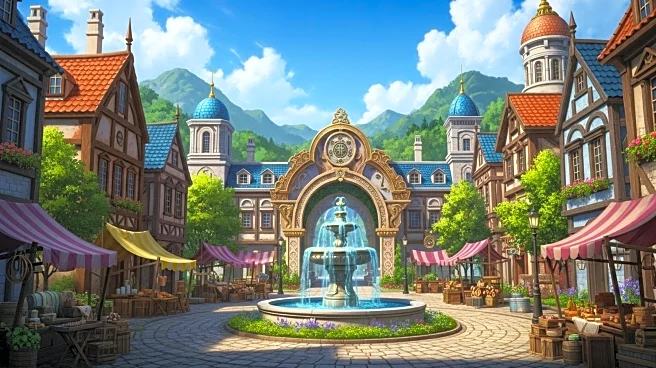What's Happening?
Nintendo's iconic character Mario marks 40 years since his debut in the arcade game Donkey Kong. Over the decades, Mario has evolved from a simple pixelated character to a global gaming icon, appearing in numerous games across various genres. The character's design was initially constrained by technical limitations, but has since become a reassuring presence for multiple generations. Mario's adventures have expanded beyond platform games to include sports and racing titles, maintaining his popularity among both nostalgic adults and new players.
Why It's Important?
Mario's enduring popularity highlights the importance of character-driven storytelling and design in video games. As gaming technology has advanced, Mario has adapted to remain relevant, reflecting changes in societal attitudes and player expectations. The franchise's success underscores the potential for video games to become cultural touchstones, influencing entertainment and merchandise beyond the gaming industry. Mario's ability to appeal to both older and younger audiences demonstrates the value of nostalgia in maintaining a franchise's longevity.
What's Next?
Nintendo plans to continue evolving the Mario franchise, with new games and merchandise aimed at diverse audiences. A sequel to the successful Mario movie is in development, and fans anticipate new game releases following the launch of the Nintendo Switch 2. As the gaming industry continues to grow, Nintendo may explore new technologies and storytelling techniques to keep Mario fresh and engaging for future generations.
Beyond the Headlines
Mario's evolution reflects broader trends in the gaming industry, such as the shift towards more inclusive and diverse narratives. The franchise's ability to adapt to changing cultural norms suggests a growing awareness of the impact of video games on societal attitudes. Mario's success also highlights the potential for video games to serve as educational tools, teaching players about teamwork, problem-solving, and creativity.
